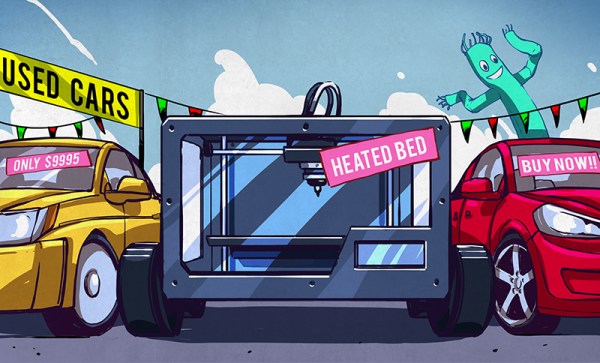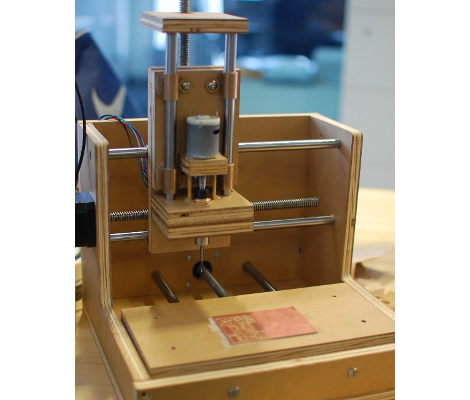So you’re looking to buy your first 3D printer, and your index finger is quivering over that 300 US Dollar printer on Amazon.com. Stop! You’re about to have a bad time. 3D printing has come a long way, but most 3D printers are designed through witchcraft, legends, and tall tales rather than any rigorous engineering process. I would say most 3D printer designs are either just plain bad, or designed by a team of Chinese engineers applying all their ingenuity to cost cutting. There are a few that are well designed, and there is a comparatively higher price tag attached.
I’ll start by going through some of the myths and legends that show up in 3D printers. After that I’ll go through some of the common, mostly gimmick, features that typically hinder your printer’s ability, rather than adding any useful function. Next I’ll go onto the things that will actually make your printer better. Finally, I’ll add some special consideration if you’re a beginner buying your first printer.
Continue reading “Kicking The Tires Before You Buy: 3d Printers”












